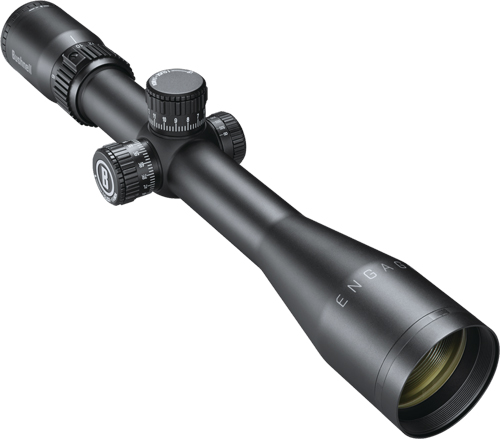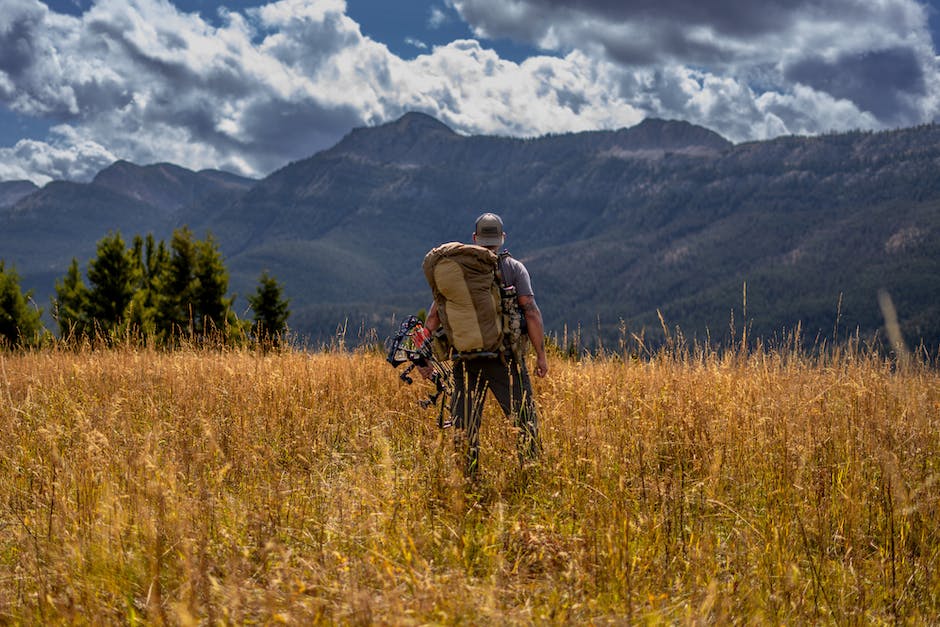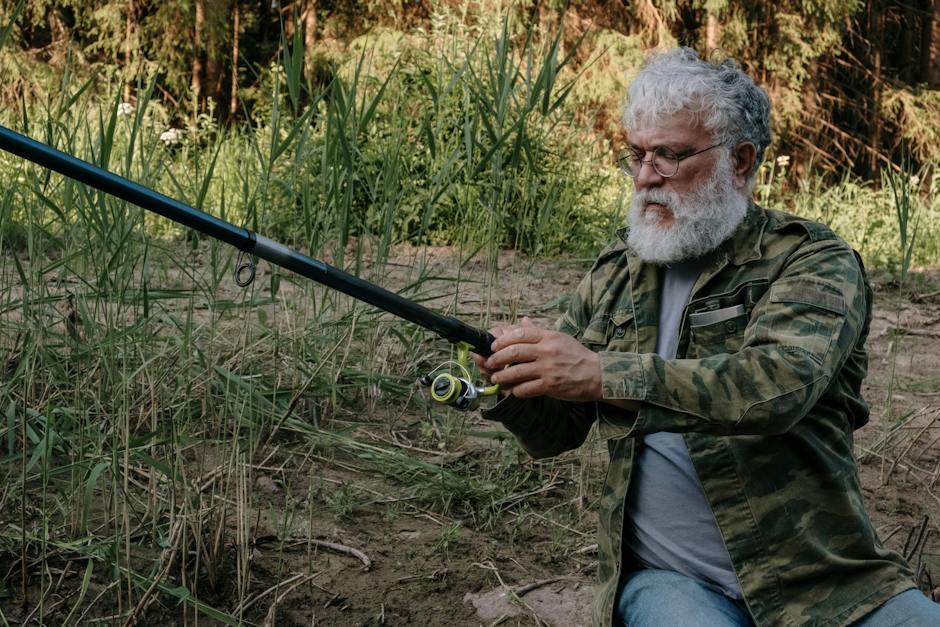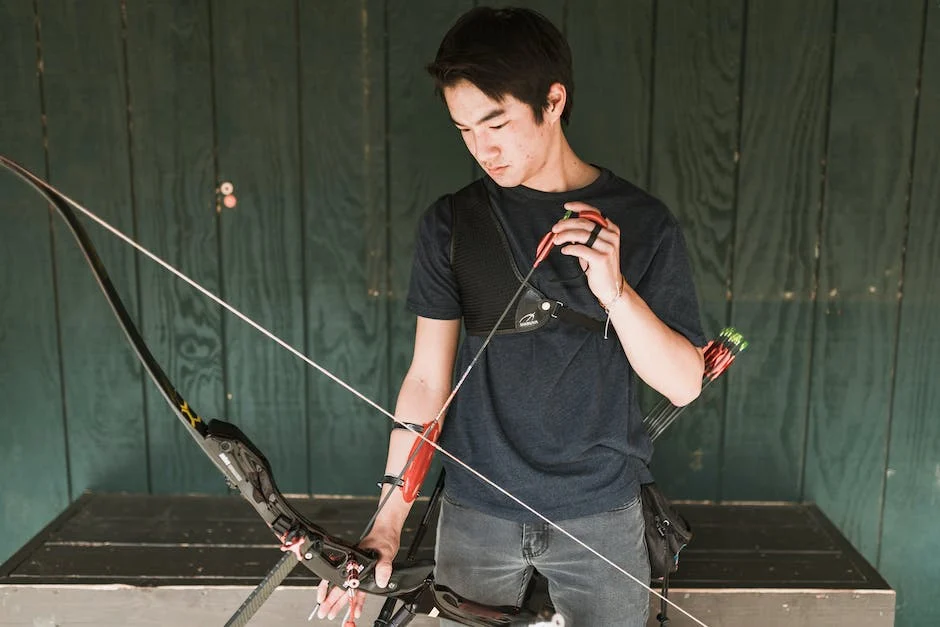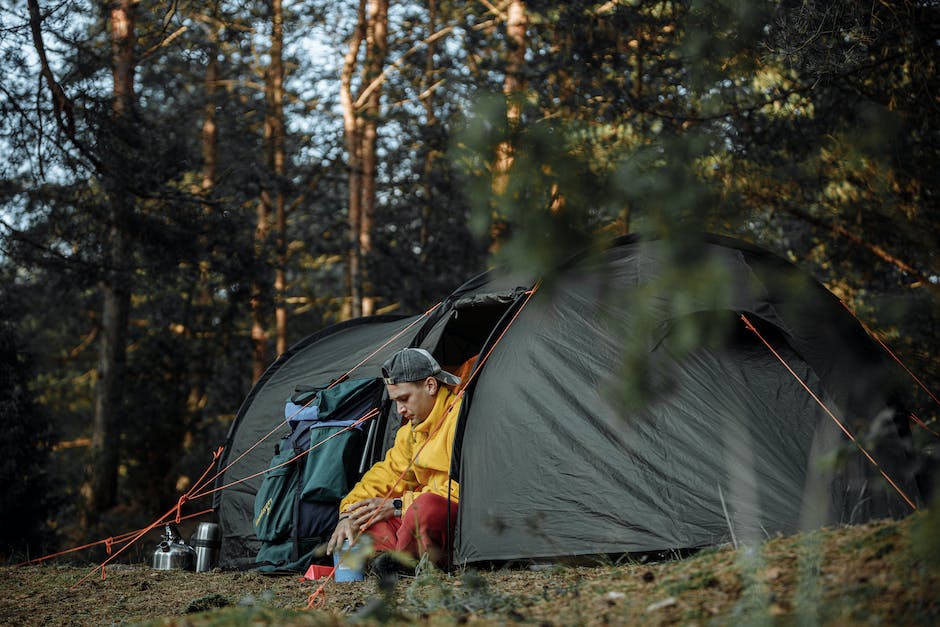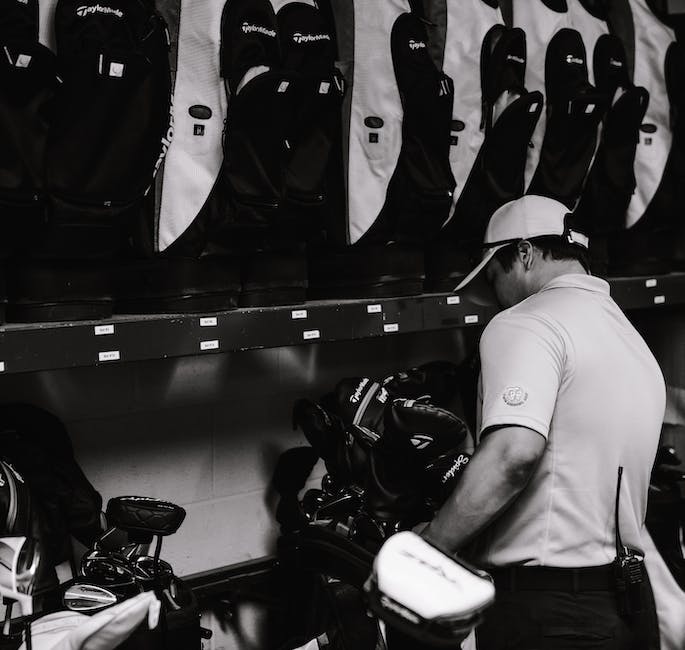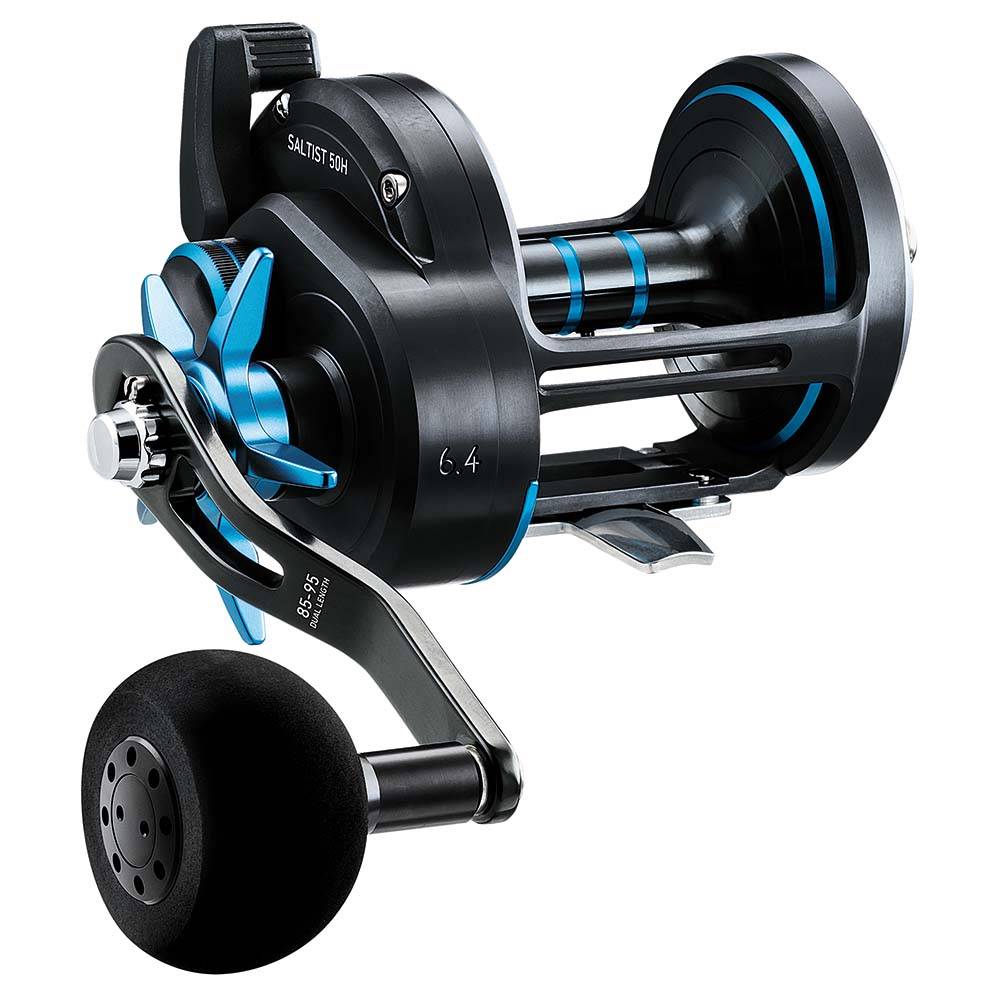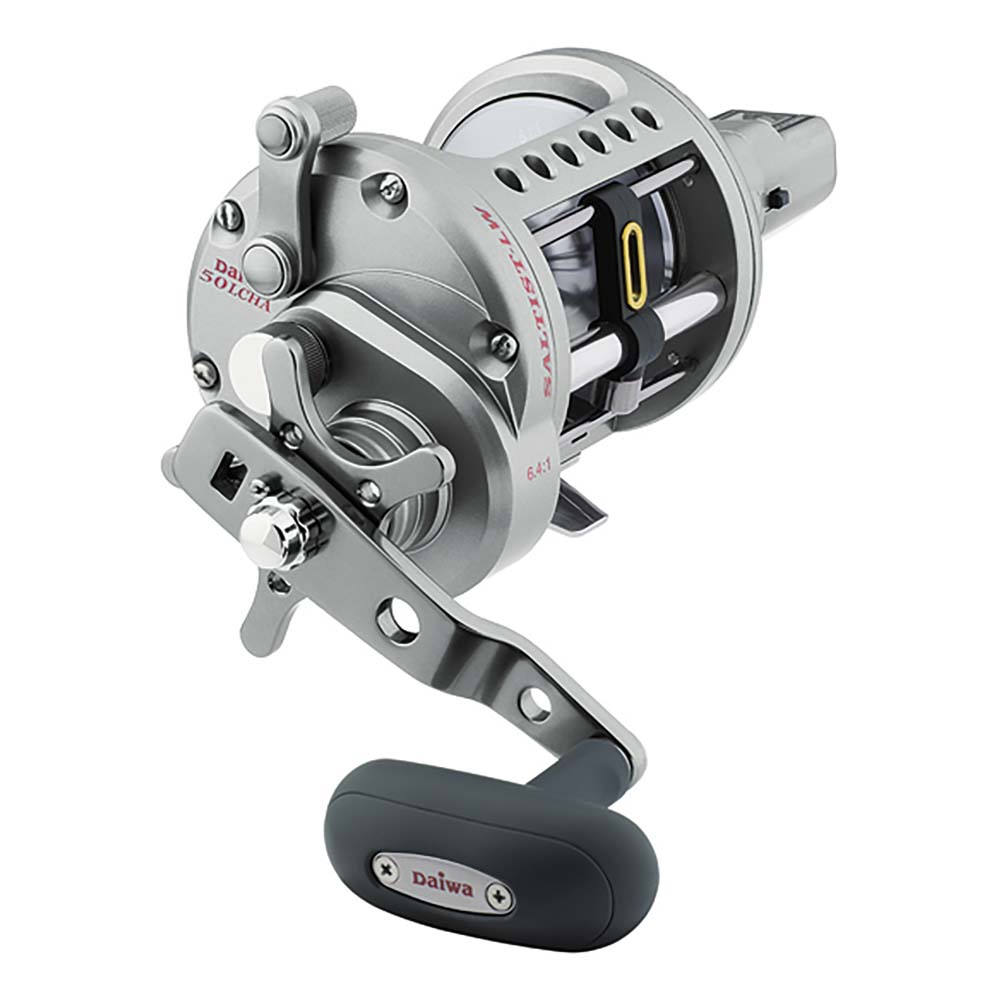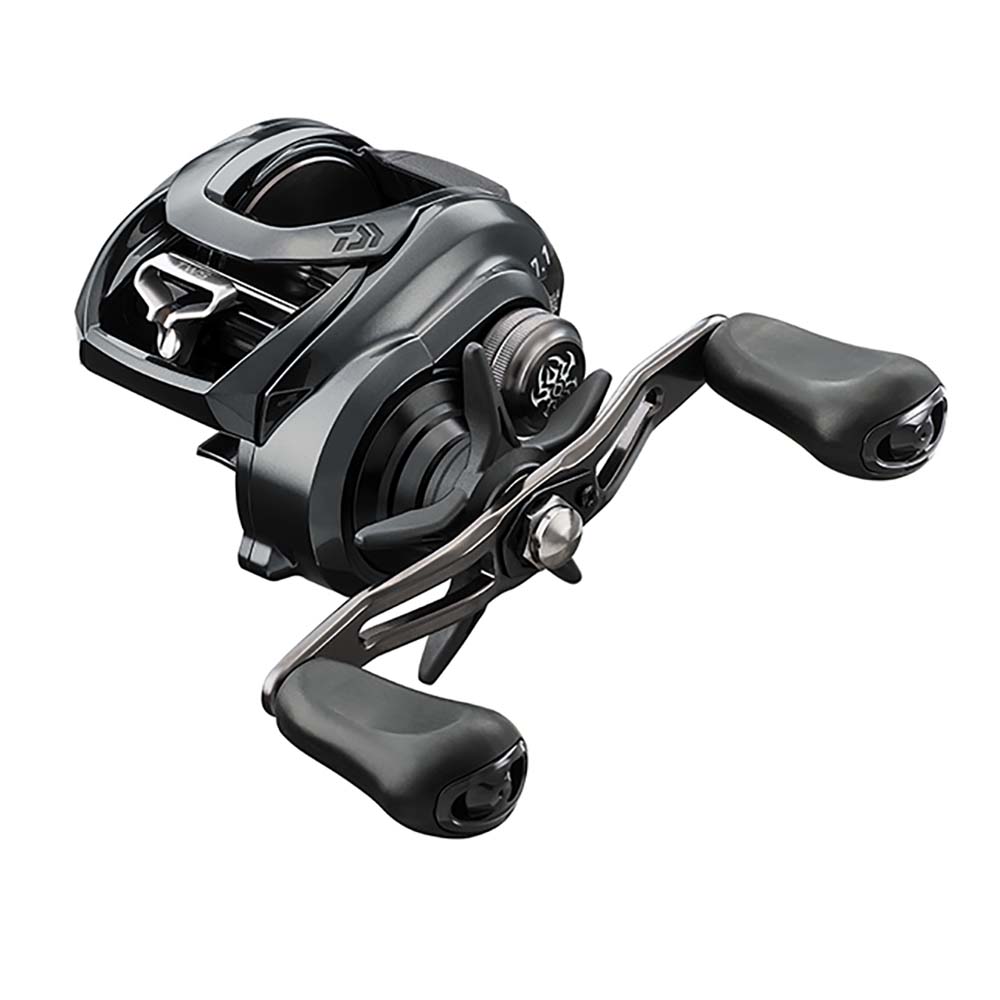How to Choose the Right Hunting Gear for Your Next Adventure
Researching your hunting location and game
Before embarking on your hunting adventure, it is crucial to thoroughly research your hunting location and the game you intend to pursue. Here are some key points to consider:
- Familiarize yourself with the terrain, vegetation, and climate of the hunting location.
- Research the behavior, habits, and habitats of the game species in the area.
- Understand the hunting regulations and laws specific to the location to ensure compliance.
- Consider factors such as the availability of water sources, food supply for the game, and potential hunting pressure in the area.
By conducting thorough research, you can better prepare for your hunting expedition and increase your chances of a successful and rewarding experience.
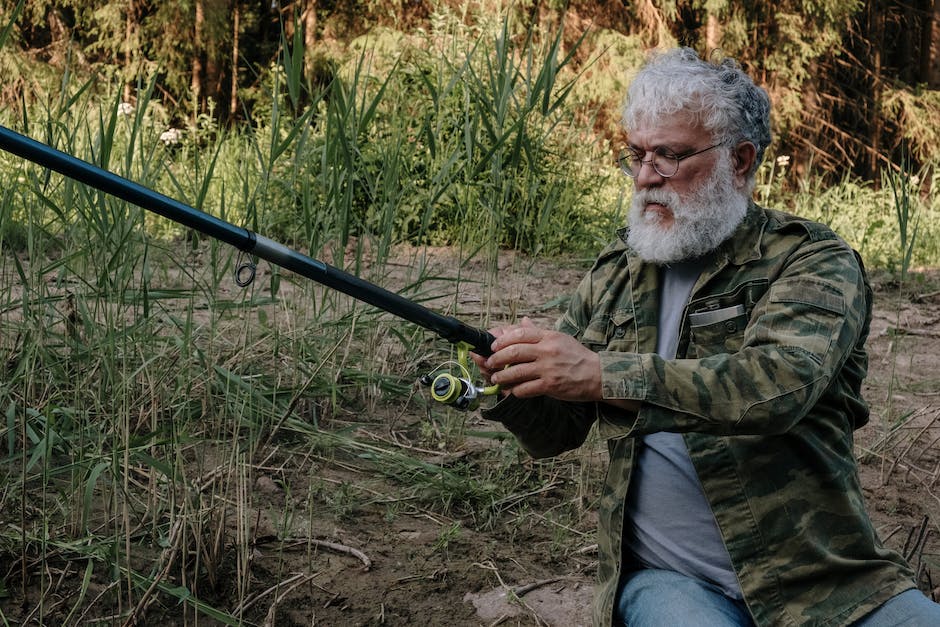
Understanding the different types of hunting gear available
There are various types of hunting gear available, each designed for different purposes and environments. When choosing your hunting gear, it’s important to consider the following factors:
- Terrain: The type of terrain you will be hunting in, such as mountains, forests, or open plains, will determine the specific gear you will need.
- Game: Consider the type of game you will be hunting, as this will influence the choice of weapons and accessories.
- Weather: The weather conditions during your hunting trip will impact the type of clothing, footwear, and shelter you will need.
- Accessories: Additional accessories such as binoculars, rangefinders, and field dressing equipment can enhance your hunting experience and increase your chances of success.
By understanding the different types of hunting gear available and considering these factors, you can select the right gear for your next hunting adventure.
Deciding on the right weapon
When deciding on the right weapon for your hunting adventure, it’s important to consider a few key factors. Here’s what you need to know:
- Game Type: Consider what type of game you will be hunting. Different weapons are suitable for different types of game, so choose a weapon that aligns with your hunting goals.
- Distance: Think about the distance from which you will be shooting. Some weapons are more suitable for short or long-range shooting, so select a weapon that matches your hunting environment.
- Skill Level: Assess your own skill level with different types of weapons. Choose a weapon that you are comfortable and proficient with, as accuracy is crucial in hunting.
By considering these factors, you can make an informed decision when choosing the right weapon for your next hunting adventure.
Selecting the appropriate clothing for the environment
When selecting hunting clothing, it’s important to consider the environment you will be in. Here are a few key factors to keep in mind:
- Weather: Choose clothing that can protect you from the specific weather conditions of your hunting environment, such as rain, wind, or extreme cold.
- Visibility: Opt for clothing that helps you blend into your surroundings, such as camouflage patterns or earthy tones, to avoid being easily spotted by your prey.
- Comfort: Look for clothing that is comfortable to wear for long periods, as you may need to remain still and patient during your hunting expedition.
- Durability: Invest in high-quality, durable clothing that can withstand the rugged terrain and potential encounters with sharp branches or rocks.
By considering these factors, you can ensure that your hunting clothing is well-suited for the environment you plan to explore.
Choosing the best footwear for hunting
Hunting requires proper footwear to provide comfort, support, and protection. When selecting hunting boots, consider the following:
- Comfort: Look for boots with cushioning and a good fit to prevent blisters and discomfort during long treks.
- Support: Choose boots with ankle support to prevent injuries and provide stability on uneven terrain.
- Protection: Opt for waterproof and insulated boots to keep your feet dry and warm in different weather conditions.
- Traction: Select boots with a sturdy outsole for traction on slippery or rugged surfaces.
Essential accessories for your hunting trip
When preparing for your hunting trip, it’s essential to ensure you have the right accessories. Here’s a list of some essential items you’ll need for your next adventure:
- Binoculars for scouting and spotting game from a distance
- A quality hunting knife for field dressing and skinning game
- A durable and comfortable backpack to carry your gear and supplies
- A reliable GPS or compass to navigate through the wilderness
- Adequate ammunition and a suitable firearm for the game you’ll be hunting
- A first aid kit for any emergencies during your trip
These accessories are crucial for a successful and safe hunting expedition, so be sure to pack them before heading out into the wilderness.
Packing and organizing your gear
When packing and organizing your hunting gear for your next adventure, it’s essential to consider the following:
- Ensure that you have all the necessary gear for your specific hunting trip, including appropriate clothing, footwear, hunting equipment, and tools.
- Pack your gear in a systematic and organized manner to make it easy to access when needed.
- Prioritize essential items and place them in easily accessible areas of your backpack or hunting bag.
- Use waterproof containers or bags to protect sensitive gear and equipment from the elements.
- Consider the weight of your gear and pack accordingly to ensure comfort and ease of movement during your hunting expedition.
Tips for testing and adjusting your equipment
When preparing for your next hunting adventure, it’s crucial to test and adjust your equipment to ensure it performs optimally in the field. Here are some tips to help you with this process:
- Before setting out, confirm the accuracy and functionality of your firearms, ensuring they are well-oiled and in top condition.
- Check the sighting system on your rifle to ensure it is properly zeroed in, and make any necessary adjustments to windage and elevation.
- Practice shooting with your bow to maintain accuracy and ensure the bow’s sights are aligned correctly.
- Test your hunting clothing and footwear to ensure they are comfortable and suitable for the terrain and weather conditions you will encounter.
- Inspect and adjust any essential accessories such as binoculars, rangefinders, or GPS devices to ensure they are in good working order.
- Ensure that all safety equipment, such as harnesses or tree stands, is functioning correctly and adjust as necessary for a secure and comfortable fit.
Ensuring safety and legal compliance
Make sure to check the hunting regulations in the area you plan to visit. Safety should always be a priority, so ensure you have the necessary safety gear and have completed any required certifications. Follow all guidelines for ethical hunting practices.
Conclusion and preparation for your next adventure
Deciding on the right hunting gear for your next adventure is crucial for a successful and enjoyable experience. Before you head out, make sure you have thoroughly researched the terrain, weather conditions, and local regulations for hunting. Additionally, it’s essential to choose gear that is durable, practical, and suited to your specific needs. Whether it’s camouflage clothing, quality hunting boots, a comfortable backpack, or reliable optics, investing in high-quality gear will enhance your overall hunting experience and increase your chances of a successful outing.

